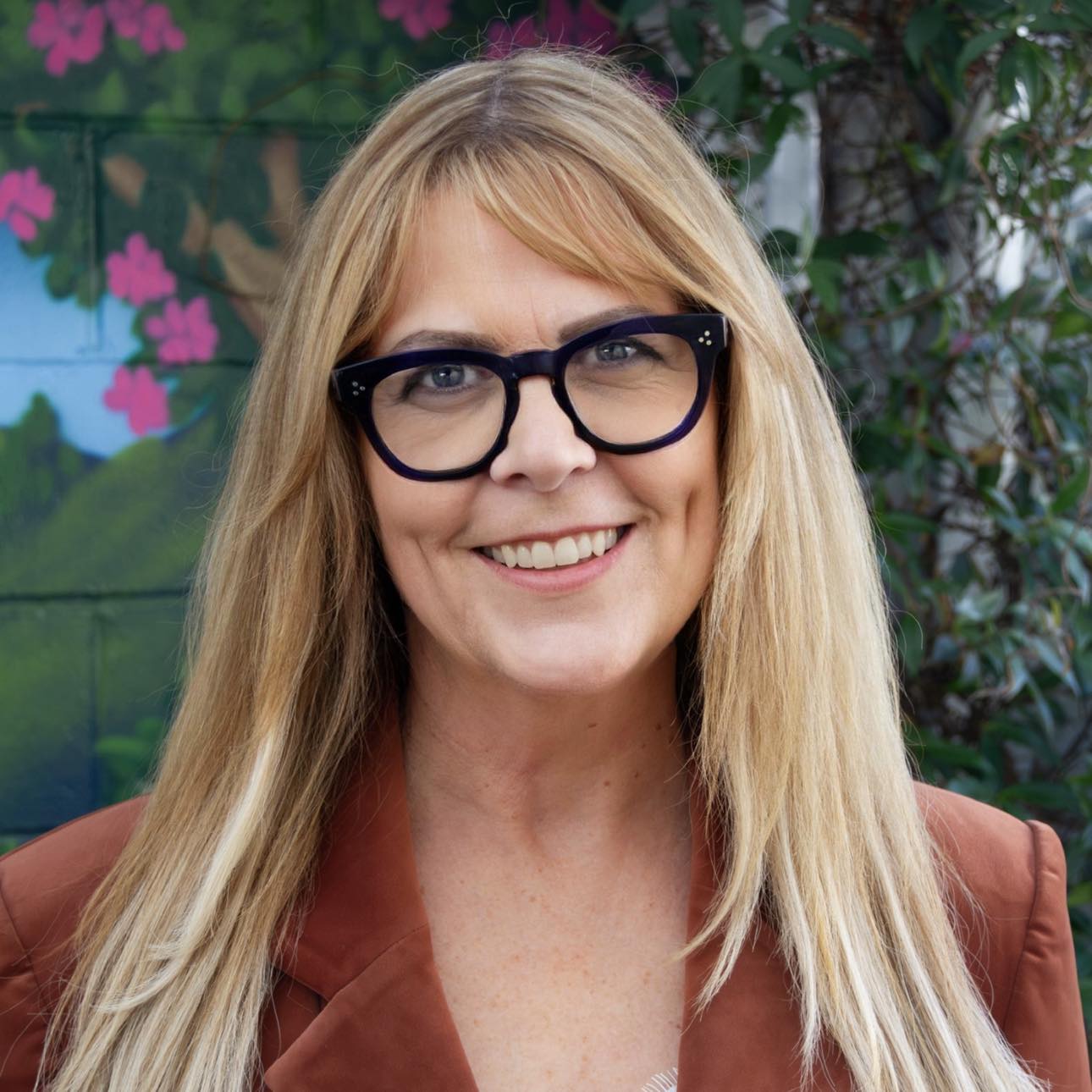
Meeting Topic – MINDSET PILLAR
3 Key Questions to Support a Growth Mindset By Erena Oliver
INTRODUCTION for meeting topic:
- Do you know where your mindset (your natural ‘wiring’) comes from? The article below, contributed by Erena Oliver, provides a bit of explanation as well as 3 key questions you can ask yourself to ensure you stay in a Growth Mindset and support your success. As you prepare for your 60-second intro this week, consider sharing what YOU can do to support a Growth Mindset in your life and work.
We have 2 core mindsets – growth (pleasure) and protective (pain) which helps us to determine where we are or where we’d rather be!
At the end of the year, I look ahead to the new year. I look at the lifecycle I am in, the energy of the year, and how my different performance patterns could be challenged in the year or months ahead…this helps me identify the mindsets that will be beneficial in each area of my life as well as the pitfalls I could encounter along the way.
This means I begin the year with a mindset for success, a mindset to stay in the growth aspects of my life. I also have prior warning of where I could face challenges, and in the case of my relationships, who I could face challenges with and when those might occur.
The point of reflecting on our mindset is to make our lives easier, simpler and more fun – oh! – and to improve ourselves! Wouldn’t you agree?
Learning the behaviour patterns created in both our Growth Mindset and Protective Mindset empowers us to discover our highest driving needs, which are necessary for us to enhance our performance, evolve our experience of life and realize our full potential.
Our everyday life is driven by these two modes – seeking growth or pleasure and protection or the avoidance of pain. And it’s ‘wiring’ that stretches all the way back over our evolutionary development.
Were you aware that you can only be in one mode at a time? The same as a car cannot be in reverse and drive at the same time. We use the metaphor of a car to describe these modes representing the Human Mindset, so you’re either in a Growth Mindset (drive) or a Protective Mindset mode (reverse/stationary) at any given time.
Our protective (reactive) behavioural patterning is completely natural and a normal human experience. We’re wired for survival, to protect ourselves from experiencing pain. We’re also wired for pleasure – it just depends on what we want to experience, and that depends on our perspective of what it all means to us and what we believe is POSSIBLE.
From the moment we were conceived, we started to receive information (conditioning) via emotional and intellectual stimuli from our mother and father. We come equipped with a pre-set pattern of neurological wirings that aren’t entirely ours, rather a mesh of emotional impulses and intellectual belief systems. They’re a bit like a playlist of songs – some of which we may not even like or want.
The external conditioning continues when we look towards our parents for acknowledgement of what is appropriate and okay via our Human Operating reward system, (also called the dopamine response – or dopamine being released by observing our mother’s and father’s facial and emotional expressions).
This gets further cemented when we enter an educational system which says only those who “fit in” (conform) are deemed good enough and so we continually look toward external environmental standards to measure ourselves against. In essence, we set ourselves up for failure – and our mindset takes a hammering.
Albert Einstein was right when he said, “Everybody is a genius, but if you judge a fish by its ability to climb a tree, then it will live its whole life thinking it’s stupid”.
It is important to have healthy evaluation models that are integral to our entire experience of life so that we all may know what our own individual, full spectrum of potential is and how to harness its talents and abilities.
Remember the two modes: –
Growth Mindset, Pro-Active: “generating a fulfilling and pleasurable experience of life.”
Protective Mindset, Re-Active: “patterns indicating something lacking from one’s experience.”
Typically, we are not given the evaluation tools in our development to understand:
- The hallmarks of our unique growth mindset and protective mindset
- Our unique driving needs – those things that are necessary for us to feel fulfilled and valued
- Or how to interrupt and stop our dysfunctional habit patterns that keep us stuck so that we can consciously create new mindsets to support our continued growth, fulfilment and success throughout life.
We end up putting ourselves under excessive pressure – often judging ourselves and putting ourselves down when we don’t live up to conditioned societal expectations. And this is because we don’t really know what’s normal or not normal for our experience. So we rely on other people, or other external validation to set the standard. The trouble is, there’s not one standard, there are many!
If you’re following me so far, you will now know that behaviour has two modes, and that these modes are driven by energy linked to our emotional states, (energy in motion), but that’s where most people stop.
Few are asking the questions, “What’s driving that emotional state?” and “Why does mindset so often let us down?”
All emotions and behaviour are driven by our needs. What mostly bothers us is the challenge of learning to generate, fulfil, achieve, and satisfy our own needs.
When you shift to generating your own needs instead of waiting for the environment to feed them back to you, means you step into the driver seat! You’re in control and accountable for your own:
- choices
- decisions
- experiences
You’re not externalising or placing the responsibility on other people or things.
This is the essence of self-leadership – knowing the full spectrum of your potential and the ability to self-disrupt your own Protective Mindset patterns before you self-destruct and feeding your Growth Mindset to help you achieve your goals.
To help you sustain a Growth Mindset, allow these 3 questions to guide your decisions, actions and what you say:
- “Is it good for me?”
- “Is it good for others?”
- “Does it serve the greater good?”
These 3 simple questions will help keep you in alignment and sustaining a Growth Mindset and behaviour patterns.
Remember, there will always be two sides to experiencing your unique needs – either empowering or disempowering. An aligned mindset will support us to reconnect with our Growth Mindset when we falter – which we will do because we are human.
Next Meeting Topic
Why your self-doubt-y thoughts keep sabotaging you, and how you can stop being stuck in the Fear Zone. By Tabitha Arthur
We ALL have self doubts – it’s not just you! Where things start to truly suck is when those voices of self doubt take over and get in the way of your success; of you living the life you want.
It’s important to identify the difference between thoughts that get in your way, and those that are trying to keep you safe from actual, real, this-could-kill-me danger. Let’s start by getting clear on WHY we have self-doubting – and self-sabotaging – thoughts.
When your brain is working to keep you safe, it’s trying to help save you from literal death, such as freezing on the spot so that mountain lion doesn’t spy you and eat you. Yes, this is a cave-folk time example – because that is what our brains evolved to help us with: literal survival. Our civilization has evolved so rapidly that we don’t have the need for our brain to function like that on the daily anymore. Generally speaking we don’t tend to run into mountain lions on the way to the local cafe.
Our brains developed to help keep us alive, but nowadays we have comparatively cushy lives, so that function of our brain is running on unchecked overdrive searching for danger, trying to be helpful and hunting for things to save us from. Hence negative, unhelpful thoughts.
Now we’re clear on WHY this happens, let’s look at getting you out of being stuck in the Fear Zone.
One powerful way to help you stop being stuck in the Fear Zone is by focusing on WHY you do what you do, and WHO you do it for.
This works, because when you feel deeply connected to your Why, and set that at the core of everything you do, then it becomes not about you – it’s all about helping others, helping the world to be a better place.
Start by asking yourself some helpful, quality questions.
Doing this as a written exercise is important – getting those thoughts out of your heads and down onto paper is scientifically proven to work.
- What do I feel filled with energy and passion about? What makes me feel expansive and charged up?
- What do I know, what have I learnt? What am I good at and love to do?
- What do I see missing in the world? How can I help others?
- Who do I want to help the most? Describe these people.
- Circle the things that make you feel the most charged up. What activities might this result in you doing?
- What might this look like if you were paid for it? What might you incorporate into your mahi – Put this together into a sentence so you are super clear on your Why.
- Remind yourself of your Why every day.
Many people make the mistake of letting FEAR get in the way of doing what is best for them, their business – and their clients – by not showing up.
Once you place your focus on your WHY, your self-doubts will fall away – you will no longer be afraid to take action, because you are doing this for a mission bigger than you.
Bonus: A tip to help you get more ideal clients to want to do business with YOU!
Because you will be radiating clarity of purpose, people you want to work with will be attracted to you like magnets.
I have a whole lot of tips and tools to help you bust your self doubts and gain inner-confidence. My free mini online workshop is coming up in Quarter 1 2023. Find out more and get on the waitlist now: www.tabithaarthur.com/unlock-inner-confidence
 Print This Post
Print This Post



